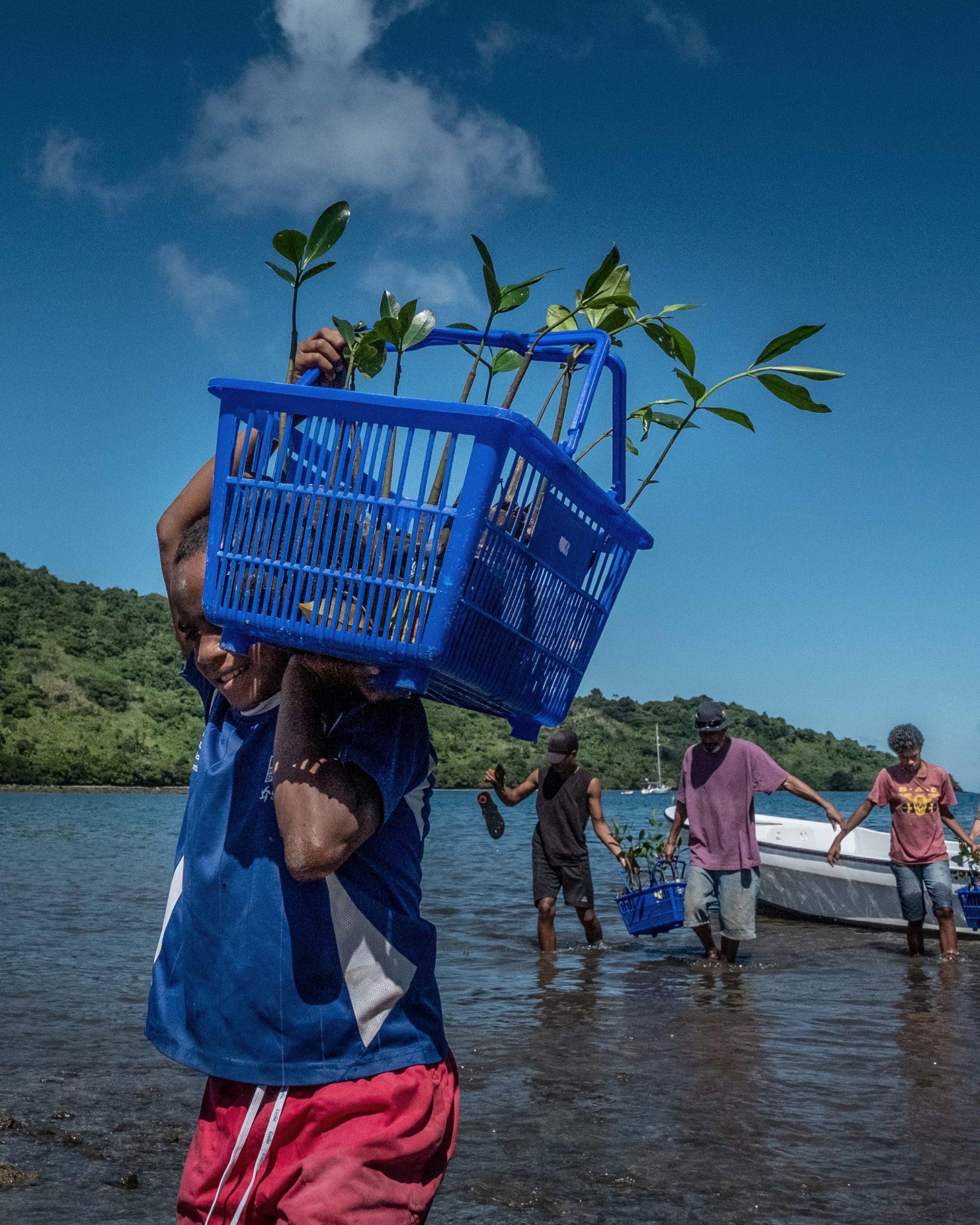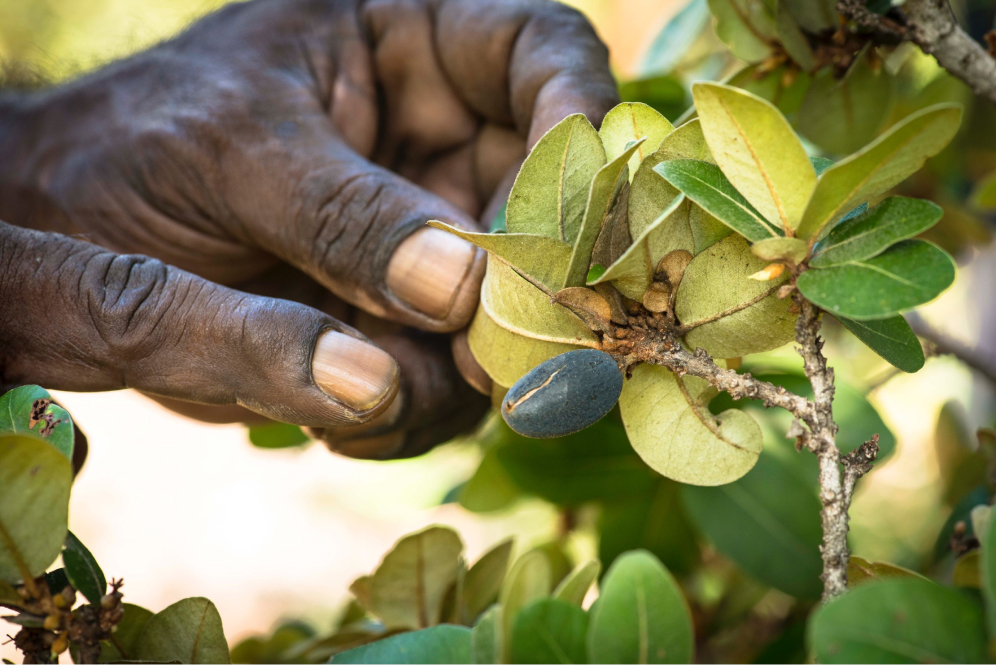Partnerships for Nature: insights from Indigenous-led models in Canada
15 April 2025 / WORDS BY Pollination Foundation
read article
London+44 203 355 1556
Sydney+61 2 8313 7109
Melbourne +61 2 8313 7109
Washington +1 872 201 1168
Learn how to ensure voluntary nature credit finance flows to IP&LCs in Pollination Foundation’s new Leading for Nature report. Together with a collective of partners we provided high-level insights and identified the pillars of activity critical for IP&LCs to access and lead in development of nature credit projects.
View ReportVoluntary biodiversity credit schemes globally are displaying a commitment to high-integrity market features as buyers demonstrate their willingness to engage, a new Pollination report finds.
20 December 2022 / WORDS BY Jane Hutchinson and Laura Waterford
Going into the COP15 negotiations, it wasn’t clear if agreement on the Global Biodiversity Framework was going to be reached by the close of proceedings. It came down to the wire, but a historic new ‘deal for nature’ was secured.
The business and finance sectors played an enormous role in pressing for higher ambition and showing up to the COP in numbers never seen before in the history of the UN Convention on Biological Diversity (CBD). That kind of leadership is consistent with what we have experienced from our Pollination partners and clients. It’s enormously encouraging because it will take actors across all parts of society to work together to meet the nature loss challenge we are facing together.




Looking forward, we see the following opportunities and implications arising from the Global Biodiversity Framework (GBF):
The text does not explicitly include the phrase “nature positive” but does call for urgent action to “halt and reverse” biodiversity loss by 2030. This is likely to be interpreted as an endorsement of nature positive as the global goal for nature.
The 23 agreed targets are intended to address all of the drivers of nature loss. These targets will require regulatory reforms by 2030 to touch every part of the economy by: increasing protected areas to 30% of the Earth’s land and sea areas (up from 17% and 10% respectively); reducing the use of chemicals (by half!), as well as synthetic fertilisers and plastics; and, redirecting at least US$500 billion of harmful subsidies per year by 2030. This means finance that would otherwise have been directed to damaging nature will be repurposed.
The GBF acknowledges the important roles and contributions of IP&LCs as custodians and partners in the conservation, restoration, and sustainable use of nature and also as rights and knowledge holders requiring “full and effective participation in decision-making”.
Target 15 requires member countries to “take legal, administrative or policy measures to encourage and enable business … to transparently disclose their risks, dependencies and impacts on biodiversity” by 2030, meaning that expectations on the implementation of the TNFD framework will build swiftly this decade.
Target 19 recognises biodiversity credits (as distinct from offsets) as an innovative mechanism for driving private sector finance into biodiversity. There was an incredible amount of momentum behind this idea on the business side of COP15, with a particular focus on the potential for biodiversity credits to help finance the protection of nature in countries and areas that have historically been unable to access carbon finance and ensure meaningful benefits flow to Indigenous peoples and local communities. More on that below.
Biodiversity credits was one of the hottest topics at the business and finance side discussions at COP15 – demand side interest is growing, and some are speculating that biodiversity markets will be bigger than carbon markets. Some companies are even starting to consider a pivot in their nature-based strategies to focus on investment in biodiversity as their primary objective, with carbon as a secondary consideration. This is because biodiversity credit markets are required to help mitigate physical risks associated with dependencies on nature in all types of ecosystems, including those that do not have a significant carbon element. We are also hearing that the idea of biodiversity credits is attractive to potential buyers because we have the potential to start with a clean slate on integrity issues and learn from the evolution of the voluntary carbon market.
However, there is confusion about the difference between biodiversity credits and biodiversity offsets, and how they interact. The text of the GBF target 19 helps clarify credits and offsets as being separate and distinct and we agree. The units and metrics for both types of instruments could be very similar, but the key differentiator is the way they are used by the buyer.
Biodiversity credits was one of the hottest topics at the business and finance side discussions at COP15 – demand side interest is growing, and some are speculating that biodiversity markets will be bigger than carbon markets.
Biodiversity offsets have existed for a long time, and they are designed to be used to compensate for equivalent unavoidable, direct impacts of development with the objective of ensuring there is no net loss of biodiversity. This can be appropriate from a public policy perspective, provided the mitigation hierarchy is applied properly and offset schemes are administered carefully. The alternative is that the development would take place anyway and the negative biodiversity impact wouldn’t be compensated for at all. However, biodiversity offsets are not the right tool to deliver nature positive because of the inherent actual loss of biodiversity in a given location that is associated with their use.
Biodiversity credits are a new emerging type of instrument that seeks to finance absolute biodiversity gains (i.e., they are not intended to be used to compensate for negative impacts on biodiversity in another location). For this reason, biodiversity credits (rather than offsets) are the right tool to help deliver ‘nature positive’ – because they are not intended to be a licence for buyers to ‘offset’ a negative impact they have in another location.
We need to be very clear about the different roles and markets for biodiversity offsets and credits so that those concerned about the integrity of an offsetting approach do not erroneously prevent voluntary biodiversity credit markets from gaining traction. We also need to be clear that just because we are saying biodiversity credits should not be used as ‘offsets’ does not mean that there is no place for biodiversity offsets at all. However, the use of biodiversity offsets should be limited to compensating for the direct impacts of development and only after rigorous application of the mitigation hierarchy.
Both biodiversity offset and credit markets need to be carefully designed and administered to make sure they deliver on their objectives (i.e. no net loss and absolute gains in biodiversity respectively).
In that context, Pollination will continue to work through 2023 with the World Economic Forum and others on the frameworks necessary to create high integrity markets for biodiversity credits, on mobilising demand and on highlighting high quality case studies and pilot projects with the intention of flowing finance for nature into the places and to the people that need it most.
15 April 2025 / WORDS BY Pollination Foundation
read article
Receive latest news and global perspectives from Pollination.
By clicking submit, you agree to our Terms & Conditions.